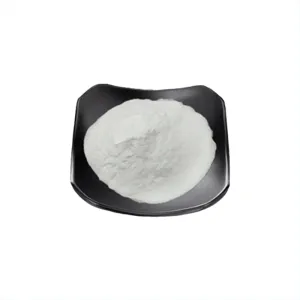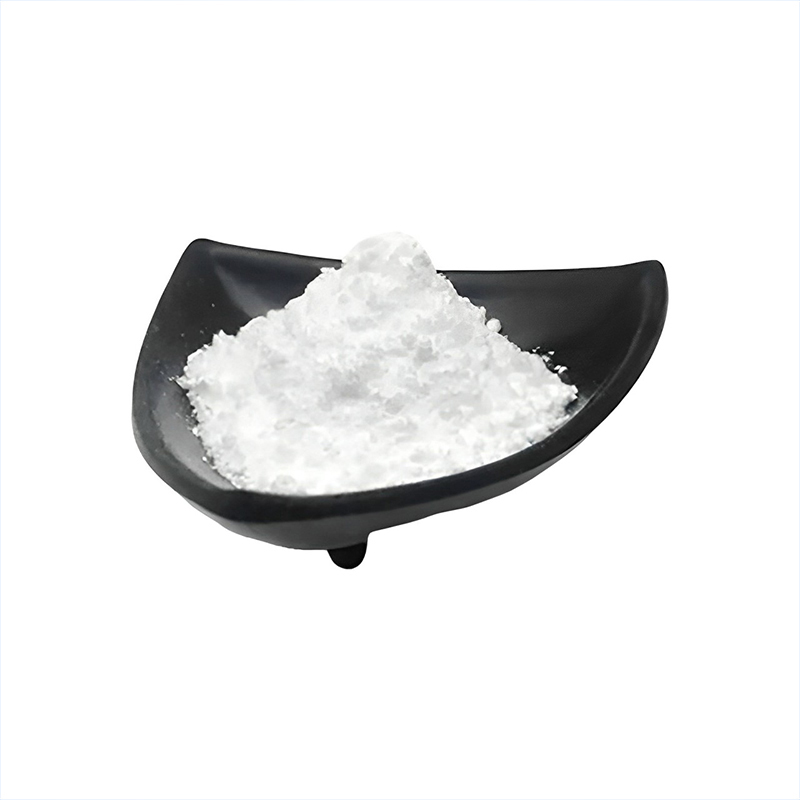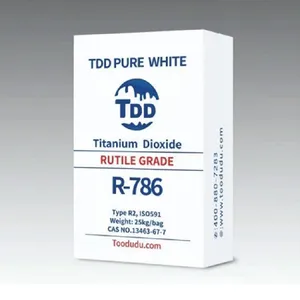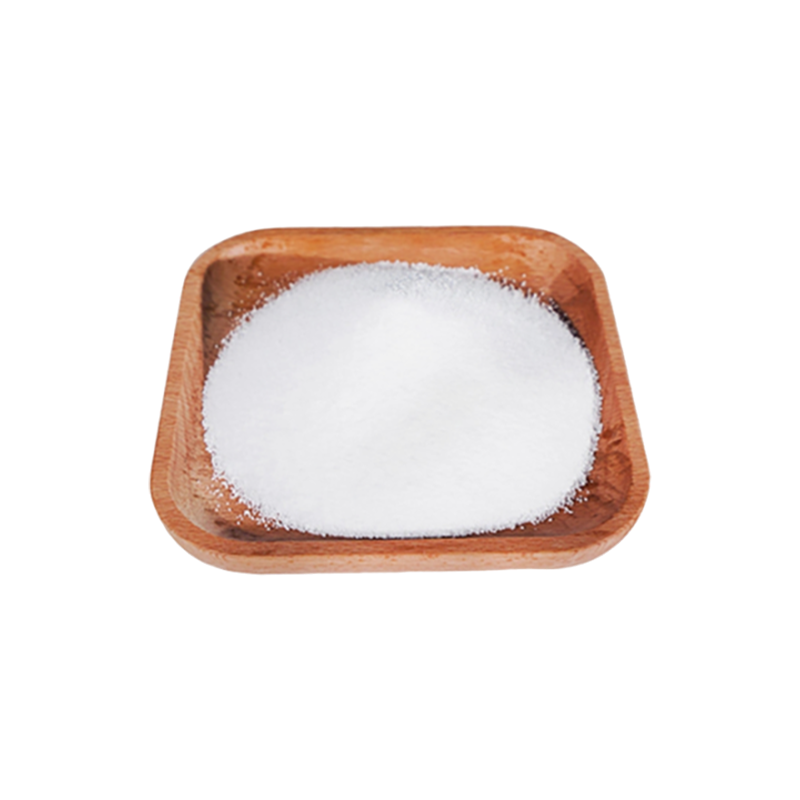polymer compounds
Polymer compounds, referred to as macromolecules, also known as high molecular polymers, generally refer to compounds with a relative molecular mass of several thousand to millions. The vast majority of polymer compounds are mixtures of many homologues with different relative molecular masses , so they are highly The relative molecular mass of a molecular compound is the average relative molecular weight. Polymer compounds are composed of thousands of atoms connected to each other by covalent bonds . Although their relative molecular masses are large, they are all connected in a simple structural unit and in a repetitive manner.

Introduction
The molecules of high molecular compounds are much larger than the molecules of low molecular organic compounds. Generally, the relative molecular mass of organic compounds does not exceed 1000, while the relative molecular mass of polymer compounds can be as high as 10 4 to 10 6 . Due to the large relative molecular mass of polymer compounds, their physical, chemical and mechanical properties are very different from those of low molecular compounds .
Although the relative molecular mass of polymer compounds is large, their composition is not complicated. Their molecules are often composed of specific structural units connected repeatedly through covalent bonds.
The molecular chains of the same polymer compound contain different numbers of links, so polymer compounds are essentially mixtures composed of many compounds with the same link structure but different degrees of polymerization. Their relative molecular mass and degree of polymerization are both different. is the average.
Polymer compounds are almost non-volatile and often exist in solid or liquid state at room temperature. Solid polymers can be divided into crystalline and amorphous states according to their structural forms . The molecules of the former are arranged in an orderly manner; while the molecules of the latter are arranged irregularly. The same polymer compound can have both crystalline and amorphous structures. Most synthetic resins have an amorphous structure.
The atoms that make up a polymer chain are combined by covalent bonds. Polymer chains generally have two different shapes: chain type and body shape.
A large number of polymer compounds used as materials in the world today are made from low-molecular organic compounds using coal, petroleum, natural gas, etc. as starting materials, and then through polymerization reactions. These low molecular compounds are called “monomers”, and the high molecular compounds generated by their polymerization reactions are also called polymers . Polymerization reactions are usually divided into two categories: addition polymerization and condensation polymerization , referred to as addition polymerization and condensation polymerization.
Classification
Sort by source
According to the source, polymers can be divided into two categories : natural polymers and synthetic polymers .
Classified by performance
Polymers can be divided into three major categories : plastics , rubber and fibers .
Plastics can be divided into two categories according to their hot melt properties: thermoplastic plastics (such as polyethylene , polyvinyl chloride, etc.) and thermosetting plastics (such as phenolic resin , epoxy resin , unsaturated polyester resin, etc.). The former is a polymer with a linear structure that can soften and flow when heated, and can be plasticized and molded repeatedly. Defective and waste products can be recycled and reprocessed into products. The latter is a polymer with a body structure that solidifies once it is formed. It cannot be heated and softened, and cannot be processed and formed repeatedly. Therefore, defective products and waste products have no recycling value. The common feature of plastics is that they have good mechanical strength (especially polymers with body-shaped structures) and are used as structural materials .
Fibers can be divided into natural fibers and chemical fibers . The latter can be divided into man-made fibers (such as viscose fiber , acetate fiber, etc.) and synthetic fibers (such as nylon , polyester, etc.). Man-made fibers are made of natural polymers (such as short cotton linters, bamboo, wood, hair, etc.) that are chemically processed and spun. Synthetic fibers are synthesized from low molecular raw materials. The characteristic of the fiber is that it can be spun into shapes, has good strength and flexibility, and is used as textile materials .
Rubber includes natural rubber and synthetic rubber . Rubber is characterized by its good high elasticity and is used as an elastic material.
Classified by use
It can be divided into general polymers, engineering material polymers, functional polymers, biomimetic polymers, medical polymers , polymer drugs , polymer reagents , polymer catalysts and biopolymers.
The “tetraenes” in plastics ( polyethylene , polypropylene , polyvinyl chloride and polystyrene ), the “four fibers” in fibers ( nylon , polyester , acrylic and vinylon ), the “four rubbers” in rubber ( styrene-butadiene ) Rubber , butadiene rubber , isoprene rubber and ethylene-propylene rubber ) are all polymer materials with a wide range of uses and are general-purpose polymers.
Engineering plastics refer to polymer materials with special properties (such as high temperature resistance, radiation resistance, etc.). For example, polyformaldehyde , polycarbonate , polysulfone , polyimide , polyarylene ether, polyaramid, fluorine-containing polymers , boron- containing polymers, etc. are relatively mature varieties and have been widely used as engineering materials.
Ion exchange resins , photosensitive polymers , polymer reagents and polymer catalysts are all functional polymers.
Medical polymers and pharmaceutical polymers have special requirements in medicine and physiological hygiene, and can also be regarded as functional polymers.
Classified by main chain structure
It can be divided into four categories: carbon chain polymers , heterochain polymers , elemental organic polymers and inorganic polymers .
The main chain of carbon chain polymers is composed of carbon atoms linked together.
In addition to carbon atoms, the main chain of heterochain polymers also contains oxygen, nitrogen, sulfur and other elements, such as polyester , polyamide , cellulose, etc. Easy to hydrolyze.
The main chain of elemental organic polymers is composed of atoms of carbon and other elements other than oxygen , nitrogen , sulfur , etc., such as silicon , aluminum , titanium , boron and other elements, but the side groups are organic groups, such as polysiloxane .
Inorganic polymers are composed of main chain and side chain groups composed of inorganic elements or groups. Natural inorganic polymers such as mica, crystal, etc., and synthetic inorganic polymers such as glass.
The systematic naming of polymer compounds is relatively complex and is rarely used in practice. It is customary to use common names for natural polymers. Synthetic polymers are usually named according to the preparation method and the name of the raw materials. For example, polymers prepared by addition polymerization are often named with the word “poly” in front of the name of the raw materials. For example, the polymer of vinyl chloride is called polyvinyl chloride , the polymer of styrene is called polystyrene , etc. For example, polymers produced by polycondensation reaction are mostly named by adding the word “resin” after the simplified raw material name. For example, phenolic resin , epoxy resin, etc. Addition polymers are often called “resins” before they are made into products. For example, polyvinyl chloride resin , polyethylene resin , etc. In addition, polymer substances are often given trade names in business. For example, polycaprolactam fiber is called nylon-6, polyethylene terephthalate fiber is called polyester, polyacrylonitrile fiber is called acrylic, etc.
Features
Compared with low molecules, polymers have the following characteristics:
1. From the perspective of relative molecular mass and composition, the relative molecular mass of polymers is very large and has “polydispersity”. Most polymers are polymerized from one or several monomers.
2. From the perspective of molecular structure, there are basically only two types of molecular structures of polymers, one is linear structure and the other is body structure. The characteristic of the linear structure is that the atoms in the molecule are connected to each other by covalent bonds to form a long, curled “chain” (called a molecular chain). The characteristic of the body structure is that there are many covalent bonds cross-linking the molecular chains to form a three-dimensional network structure. These two different structures have great differences in performance.
3. From the perspective of performance, polymers are usually in a solid or gel state due to their large relative molecular mass and have good mechanical strength; and because their molecules are combined by covalent bonds, they have relatively high mechanical strength. Good insulation and corrosion resistance; because its molecular chain is very long and the ratio of the length to diameter of the molecule is greater than one thousand, it has good plasticity and high elasticity. High elasticity is a unique property of polymers. In addition, the solubility, meltability, solution behavior and crystallinity are also very different from low molecules.
structure
The molecular structure of polymers can be divided into two basic types: the first is a linear structure, and polymer compounds with this structure are called linear polymer compounds . The second type is body structure . Polymer compounds with this structure are called body type polymer compounds . In addition, some polymers have branched chains , called branched polymers, which also fall into the category of linear structures. Although some polymers have cross-links between molecular chains, there are fewer cross-links. This structure is called a network structure and belongs to the category of body structure.
There are independent macromolecules in polymer materials with linear structures (including those with branched chains). The macromolecules can be separated from each other in the solvent of such polymers or in the heated and molten state . In polymer materials with a body structure (a large number of cross-links between molecular chains), there are no independent macromolecules, so there is no meaning of relative molecular mass, only the degree of cross-linking . Network-structured polymer materials with few cross-links may also exist as separated macromolecules.
Two different structures showing opposite properties. Polymers with linear structures (including branched structures) have the characteristics of elasticity and plasticity due to the existence of independent molecules, can be dissolved in solvents, can be melted when heated, and have low hardness and brittleness. Because there are no independent macromolecules in the body structure polymer, it has no elasticity and plasticity, cannot dissolve and melt, can only swell, and is relatively hard and brittle. Therefore, from a structural point of view, rubber can only be polymers with a linear structure or a network structure with little cross-linking, and fibers can only be linear polymers, while plastics can have polymers with both structures.
Synthesis of polymers
There are two basic types of reactions for synthesizing polymer compounds: one is called condensation polymerization (referred to as condensation polymerization ), and the other is called addition polymerization (referred to as addition polymerization ). The monomer structures, polymerization mechanisms and specific implementation methods of these two types of synthetic reactions are different.
polycondensation reaction
Condensation polymerization refers to a polymerization reaction in which monomers with two or more functional groups condense with each other and produce small molecule by-products (water, alcohol, ammonia, hydrogen halide, etc.) to form polymer compounds. like:
In the monomer , terephthalic acid and ethylene glycol each have two functional groups. When forming macromolecules, they extend in two directions, resulting in linear polymers .
Although phenol and formaldehyde are monofunctional compounds, the initial products of their reaction are multifunctional. These multifunctional molecules are condensed into linear or three-dimensional polymers, namely phenolic resins.
addition polymerization reaction
Addition polymerization refers to a reaction in which one or more monomers are synthesized into a polymer. During the reaction, no low molecular substances are generated. The generated polymer has the same chemical composition as the raw material, and its relative molecular mass It is an integer multiple of the relative molecular weight of the raw material, and the addition polymerization reaction that occurs only from one monomer is called a homopolymerization reaction. For example, polyvinyl chloride is synthesized from vinyl chloride: The polymerization of two or more monomers is called copolymerization. For example, styrene is copolymerized with methyl methacrylate.
Copolymer products are called copolymers, and their properties are often better than homopolymers. Therefore, product properties can be improved through copolymerization methods.The addition polymerization reaction has the following two characteristics:
(1) The monomer used in the addition polymerization reaction is a compound with an unsaturated bond of double or triple bonds. For example, ethylene , propylene , vinyl chloride , styrene , acrylonitrile , methyl methacrylate , etc. are commonly used important monomers, and the addition polymerization reaction occurs on unsaturated bonds.
(2) The addition polymerization reaction is completed through a series of mutual addition reactions between monomer molecules:
And once the reaction occurs, it will proceed quickly in the form of a chain reaction to obtain a polymer compound (often called an addition polymer). The relative molecular mass growth is almost independent of time, but the monomer conversion rate increases with time.
The above two characteristics are the most basic differences between addition polymerization and condensation polymerization.
The addition polymerization reaction can be divided into two categories: free radical addition polymerization reaction and ionic addition polymerization reaction according to the different reaction active centers.
application
Polymers are widely used in people’s clothing, food, housing, transportation, various sectors of the national economy and cutting-edge technology. The advent of functional polymers has developed the application of synthetic polymers to a more refined and advanced level. It not only plays an important role in promoting industrial and agricultural production and cutting-edge technology, but also plays an important role in exploring the mysteries of life, conquering cancer and treating genetic diseases. Promoting effect. It is estimated that the population on earth will exceed 10 billion in the 21st century. By then, food, energy, environment, resources, etc. will become more troubling issues for human society. In this regard, polymer science will play an important role. For example, polymers can be used to adjust the evaporation and loss of water to improve soil, green deserts, expand cultivated land, control ecological systems, and promote food production; produce high-conversion photovoltaic cells to split water to produce hydrogen and oxygen, which can be used as fuel cells and Chemical raw materials; develop new polymer catalysts to use nitrogen in the air to synthesize ammonia at normal temperature and pressure, etc. Controlling environmental pollution in modern society is also inseparable from the application of polymers.
However, polymers are flammable, easy to age, cannot be degraded, are not corroded by bacteria, and are not absorbed by the soil. Discarding after extensive use has caused serious public harm. There is an urgent need to develop new polymers that can degrade and decompose in the natural environment without causing pollution. This is one of the important new topics and new directions for the future development of polymer science.
Recommended Suppliers
 September 23, 2024
September 23, 2024  June 3, 2024
June 3, 2024  June 3, 2024
June 3, 2024  June 17, 2024
June 17, 2024  June 18, 2024
June 18, 2024 














